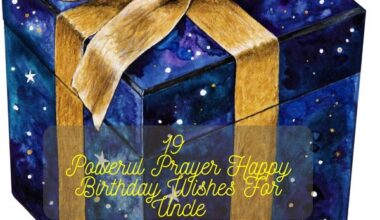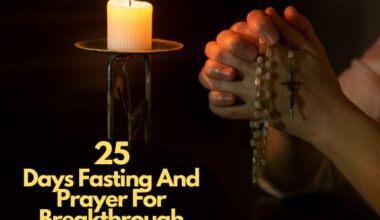Can You Pray If You Have White Discharge? Navigating the intersection of religious practices and biological processes is a journey marked by cultural nuances, personal beliefs, and societal expectations. One such aspect that raises both curiosity and concern is the question of prayer during white discharge in women. White discharge, a natural occurrence tied to the menstrual cycle, holds significance not only in the realm of reproductive health but also within the context of various faiths and traditions.
In this article, we embark on a thoughtful exploration, looking into the religious perspectives, cultural beliefs, and scientific viewpoints surrounding the question: Can You Pray If You Have White Discharge? By unravelling this complex history, we aim to foster understanding, encourage open dialogue, and empower individuals to navigate the delicate balance between spirituality and bodily functions.
Can You Pray If You Have White Discharge
The question of whether prayer is permissible with white discharge after menstruation is a complex one with varying interpretations depending on religious traditions and individual circumstances. To provide a comprehensive understanding, we’ll look into several key aspects:
1. Menstruation and Purity
In many religions, menstruation is considered a state of ritual impurity, requiring women to abstain from certain activities, including prayer, until they regain purity.
This notion stems from ancient beliefs linking menstruation to uncleanliness and the need for spiritual cleansing.
2. White Discharge
White discharge can occur at various times in a woman’s cycle, including after menstruation, during ovulation, or due to other factors like cervical ectropion or yeast infections. Determining whether white discharge indicates purity or ongoing impurity requires differentiating between types:
- Istihadah: This is abnormal, prolonged, or irregular bleeding distinct from menstruation. Women with istihadah have specific rules for performing religious rituals based on the severity and consistency of the bleeding.
- Istifragh: This is a white discharge that appears after menstruation. Its ruling varies depending on the religious tradition and individual interpretations. Some consider it a sign of purity, while others view it as a lingering impurity requiring further purification.
3. Varying Interpretations
Different religious traditions and schools of thought have differing interpretations regarding prayer with white discharge. Some examples include:
- Islam: Some scholars consider istifragh a sign of purity, allowing prayer after ablution (wudu). Others require a ritual bath (ghusl) before prayer. Consulting a trusted religious scholar is recommended for specific guidance.
- Christianity: In most Christian denominations, menstruation and discharge are not considered impediments to prayer or religious activities. However, individual beliefs and practices may vary.
- Judaism: Jewish law (Halacha) has specific rules for menstrual purity and immersion in a mikvah (ritual bath). White discharge after menstruation is generally considered a sign of purity, but consulting a rabbi for specific guidance is crucial.
4. Importance of Personalization
Ultimately, the decision of whether to pray with white discharge is a personal one, guided by individual beliefs and interpretations within the framework of their religious tradition.
Consulting a trusted religious leader or spiritual advisor can provide relevant guidance and context for individual circumstances.
5. Focus on Spirituality
Regardless of the ruling on prayer with white discharge, the emphasis should remain on maintaining a connection with the divine and upholding spiritual practices in a way that feels authentic and respectful.
Whether white discharge permits prayer is a complex question with no universal answer. Carefully considering your religious tradition, the nature of the discharge, medical factors, personal beliefs, and guidance from relevant religious authorities are crucial in making an informed decision. Remember, the primary purpose of prayer is to connect with the divine, and a genuine desire for spiritual connection often transcends external circumstances.
Conclusion
In conclusion, the question of praying with white discharge is complex and multifaceted. It requires a nuanced understanding of individual beliefs, cultural contexts, and religious teachings. As individuals navigate this intersection, seeking guidance, fostering dialogue, and prioritizing sincere intent emerge as crucial elements in maintaining a harmonious connection between spirituality and bodily experiences.
White discharge is a natural and normal part of a woman’s reproductive system. While its occurrence is generally fine, understanding the nuances of different types of discharge and their durations is crucial for maintaining reproductive health. Regular monitoring and seeking medical advice for any noticeable changes can contribute to overall well-being.






